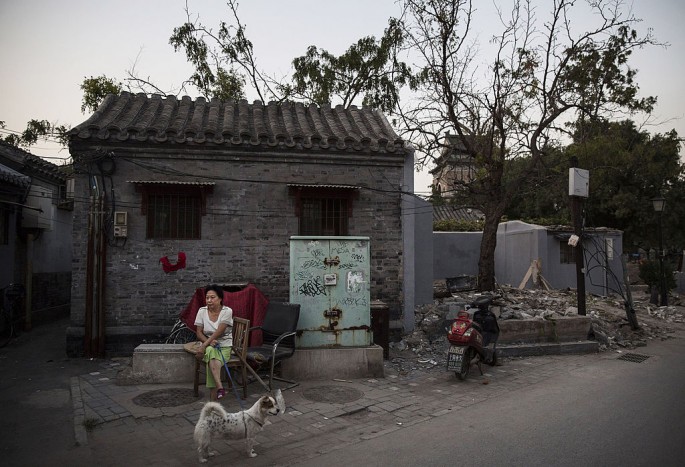Beijing's local officials are stepping up their efforts to preserve the city's cultural heritage, according to a report by China Daily. Officials are particularly focusing on the city's narrow streets, more commonly known as hutong, in Beijing's downtown area.
Part of the efforts is to move some people from one-story hutong houses in the districts of Xicheng and Dongcheng as a means to avoid further damage to architecture, said Huang Yuan, director of the Beijing Municipal Commission of Urban Planning.
"The most efficient way is to decrease the local population to reduce the possibility of causing harm to the heritage," said Wang Shaofeng, head of the Xicheng District government.
"Each community has been required to report the status of its cultural heritage, especially hutong, and any actions to damage the heritage will be punished," Wang said.
Hutongs are usually found in cities in North China, but most of them face the threat of damage and disrepair. Beijing, which once had 3,250 hutong 60 years ago, currently has less than 1,000 hutong left. Most of these hutong are near the Forbidden City.
Restoring and renovating Xicheng and Dongcheng's hutong will help safeguard Beijing's historic treasure.
"Dongcheng and Xicheng are where the offices of the country's top leadership are located. Meanwhile, there are plenty of world heritage sites such as the Forbidden City. The importance of protecting all that is self-evident," said Huang in an interview with China Daily.
"On average more than 100,000 people visit the Forbidden City during the National Day holidays. The visits put pressure on the protection of cultural relics," Huang added, saying that hutong must be renovated and protected to avoid further damage.
Local legislators have long criticized the implementation of Beijing's regulations on cultural heritage program.
"The Congress focused on the implementation of protection plans and how the management of cultural heritages worked," said Du Deyin, chairman of the Beijing People's Congress Standing Committee in his annual report on Monday, Jan. 25.
As it stands, Xicheng currently has 182 cultural relics, most of which were built during the Yuan Dynasty (1271-1368). Xicheng is also densely populated, with 1.28 million residents living in 57 square kilometers of land.



























